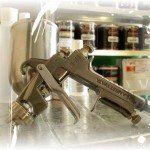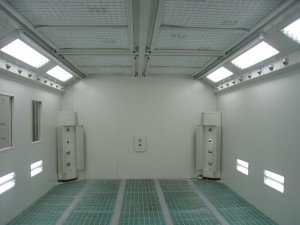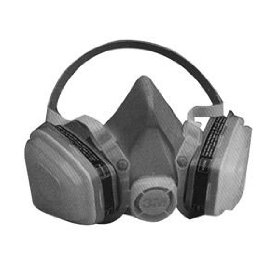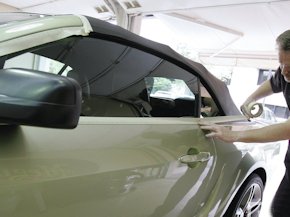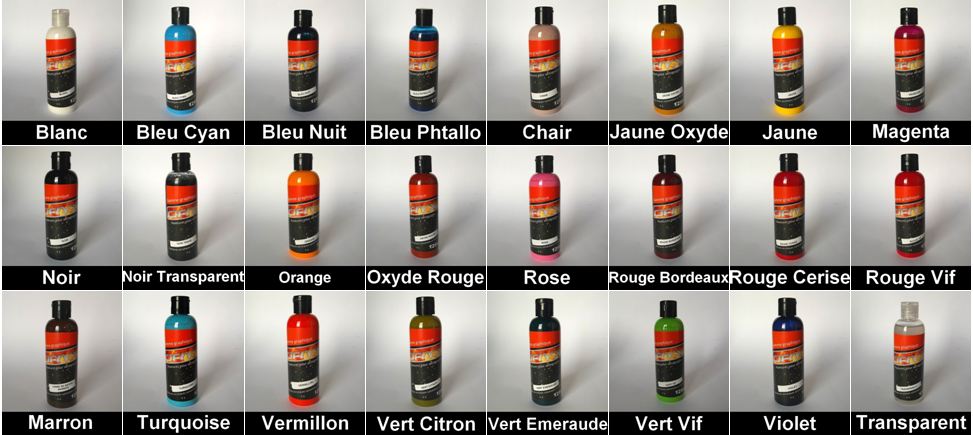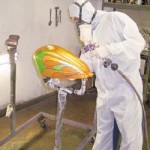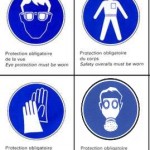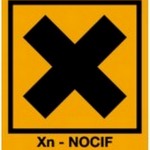How to paint a car ?
The painter will need first to be equipped with a spray gun and a compressor.
To achieve quality work, we will try to rent a paint booth from the body work painter down the street, if he agrees (count around 100 euros for the morning). If you wish to apply car paint without a spray booth, bear in mind to wet the floor, walls and around the area to capture a maximum of dust.
To prevent any paint deposition and vapour emissions from aerosols, keep a minimum flow of air. When using automotive paint, comply with all safety procedures and wear a respiratory mask with a type A filter, gloves and protective clothing.
Apply car paint
Preparation
Sand lightly the car painting with abrasive paper type 800. If the old paint is sound, there is indeed no need to remove the paint from the car, and no priming is necessary. Only plastic or bare-metal parts should receive an adhesion primer. We will then dust the complete body work and degrease it from any potential invisible contaminants such as grease stains, silicones, fingerprints, etc. First protect and mask/cover all the parts that need no painting: windows, rubber joints, wheels … The car is ready to be painted!
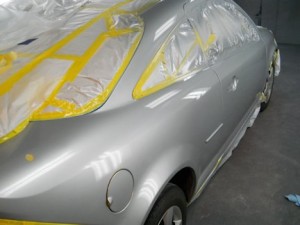 Painting
Painting
There are usually no compatibility problems with automotive paints, whether they are water or solvent-based, polyurethane or acrylic paints. These are usually single-component paints – ie without hardener – other than the top coat, which is always accompanied by a hardener. Painting is done with a spray gun, respecting each step in the correct order, strictly observing proportions and mixing instructions, proper temperature and drying time. The so-called “1K” automotive paints are applied in thin coats.
The “wet on wet” painting technique will prevent any “adhesion issue”, and paint coatings are followed immediately by clear coats, especially when it comes to solvent-based paints as they dry faster.
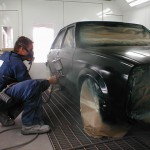 Topcoating
Topcoating
The final step is used to protect but also to enhance the overall appearance of the body work. Topcoating is the most difficult step:
A successful clear coating should present a smooth, lacquered and glossy appearance. After having prepared the top coat-hardener mixture, this latter must be applied in the following half hour. An automotive clear coat is usually applied in 2 wet and successive passes. The rule is simple: If the coats are too dry, you will obtain less gloss, whereas if the passes are too thick, there is risk of sagging.
Good luck! Note: In case of drips, you can repair without difficulty the damages by waiting 24h, then sand the default. Then if you do not want to clear coat again the entire piece, you can restore the gloss by finishing with a 2000 or 3000 grit paper and then polish.

